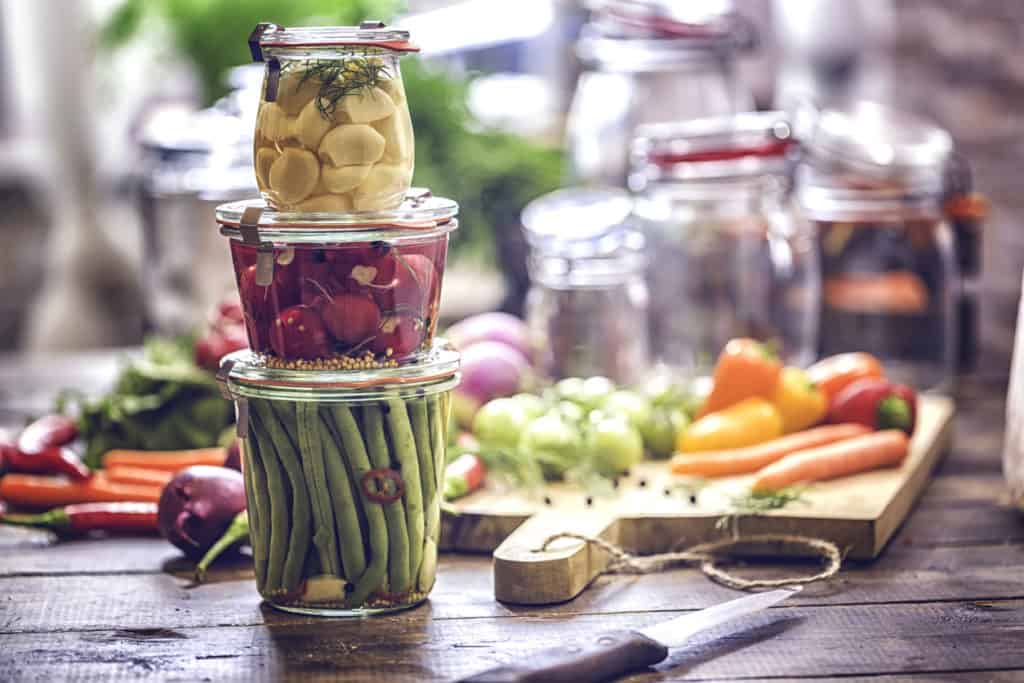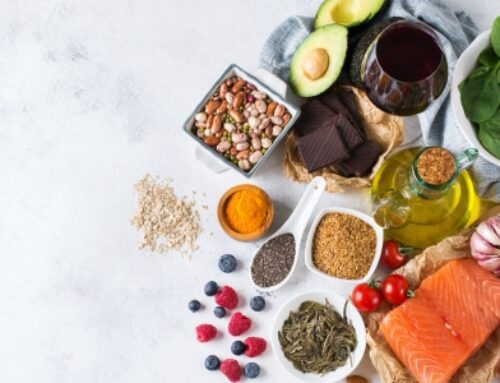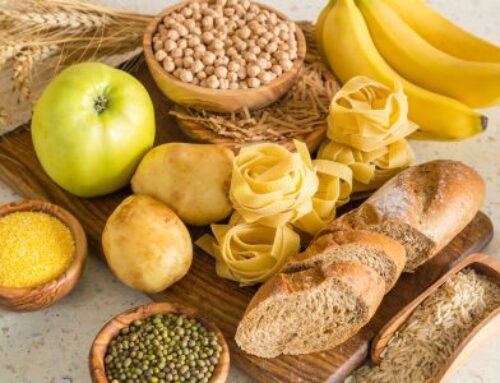
We have billions of bacteria and organisms living in our bodies. Gut microbiota are believed to be protective to health, contributing to overall immune function, gastrointestinal function as well as assisting in the digestion and absorption of nutrients from food. An imbalance of gut microbiota has been linked to: inflammatory bowel disease, some neurological disorders, and cancers. While research on gut microbiota is still relatively novice, emerging evidence has highlighted just how important these little guys are for our health!
A hot topic at the moment within the realm of nutrition and wellness is fermented foods and gut health. There is a lot of information out there about how fermented foods can help the good bacteria living in your gut.
So what’s the big deal and what information can I trust?
Firstly, we need to know what fermentation is
A simple scientific explanation:
Fermentation is the metabolic process in which bacteria, yeast or fungi convert carbohydrates into sugar alcohol or acids.
Translation:
High fibre foods (the indigestible portion of plant foods) are eaten by the bacteria naturally living in the gut. The process of the bacteria eating the high fibre foods results in various by-products being made.
The benefits of this process
The by-products from the fermentation process have been associated with:
- Reducing inflammation
- Improving digestion
- Supporting the growth of gut microbiota
- Assistance in wound healing
How true is this information?
Although there is great amount of research in the space of fermentation and gut health, it is still a relatively new and developing area. A good majority of scientific research in this area is still based around animal and in-vitro studies – so a degree of caution is needed when we apply these results to humans!
But lets not forget the overall benefits of eating foods high in fibre! Diets high in fibre have been associated with: improved blood glucose management, improved gastrointestinal function and protection against cardiovascular disease and some cancers!
So make sure you’re eating plenty of vegetables, fruit, legumes, wholegrains, nuts and seeds so you’ve got something for your gut bacteria to ferment! This is one reason why a plant based diet is so great for our health.
What about fermented foods?
Fermentation is also used during food processing to change the taste, preserve the food and increase the micronutrients, amongst other things. For example: yeast converts sugar to alcohol (beer) or lactobacilli bacteria turn sugars and starch into lactic acid (yoghurt). Eating some fermented foods may be a way of adding ‘live’ doses of bacteria to the gut.
Some examples of fermented foods
Tempeh
Made from fermented soybeans. Great vegetarian source of protein as an added benefit. Tempeh is quite versatile.
How to cook tempeh?
- Tempeh be pan fried into a stir-fry
- Used as a minced meat alternative on taco nights
- Skewered with vegetables on BBQ nights
- Grilled and added to a wrap or sandwich
Sauerkraut or Kimchi
Made from fermented cabbage and salt and/or spices. Great source of fibre as an added benefit!
How to use sauerkraut and/or kimchi:
- Add as a side dish with meat
- Add to a hamburger for a different filling
- Make into dumplings
- Add into soups
Miso
Fermented soybeans made into a paste, which forms the base of some Asian soups.
You can incorporate miso by:
- Adding vinegar or sherry and whisk into a salad dressing
- Adding miso paste into Asian inspired soups
- Using as an alternative to soy sauce
- Cooking the paste into a stir-fry
Kefir
A drink made from fermented milk.
You can easily:
- Use as a milk alternative in any recipe
Kombucha
Traditionally made from tea, sugar and yeast. This can be bought or homemade.
The bottom line
Fermented foods are not the ‘answer to good health’. Plant based diets rich in vegetables and dietary fibre feed your gut bacteria, which in turn promote health in your body. Including fermented foods as part of a healthy diet may be a great way to boost your gut bacteria and also add some flavour and interest to your meals.
References
Giraffa. G, 2004 ‘Studying the dynamics of microbial populations during food fermentation’, Microbiology Reviews, 28(2)251:260
Vadder F.D, Kovatcheva-Datchary P, Goncalves D, Vinera J, Zitoun C, Duchampt A Bäckhed F, Mithieux G, 2014 ‘Microbiota-Generated Metabolites Promote Metabolic Benefits via Gut-Brain Neural Circuits, Cell,156(2)84-96
Lozupone, C. A., Stombaugh, J. I., Gordon, J. I., Jansson, J. K., & Knight, R, 2012 ‘Diversity, stability and resilience of the human gut microbiota’, Nature, 489(7415):220–230.



